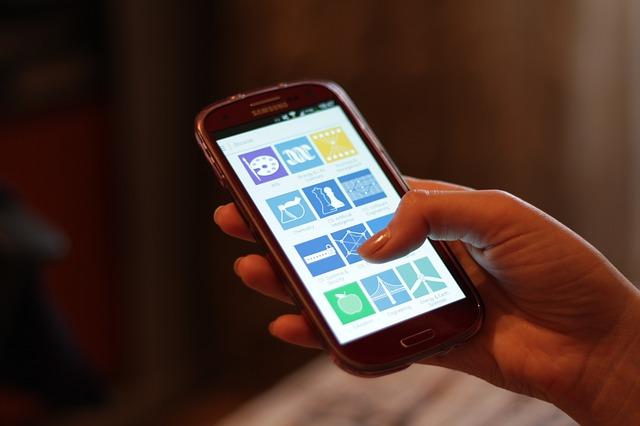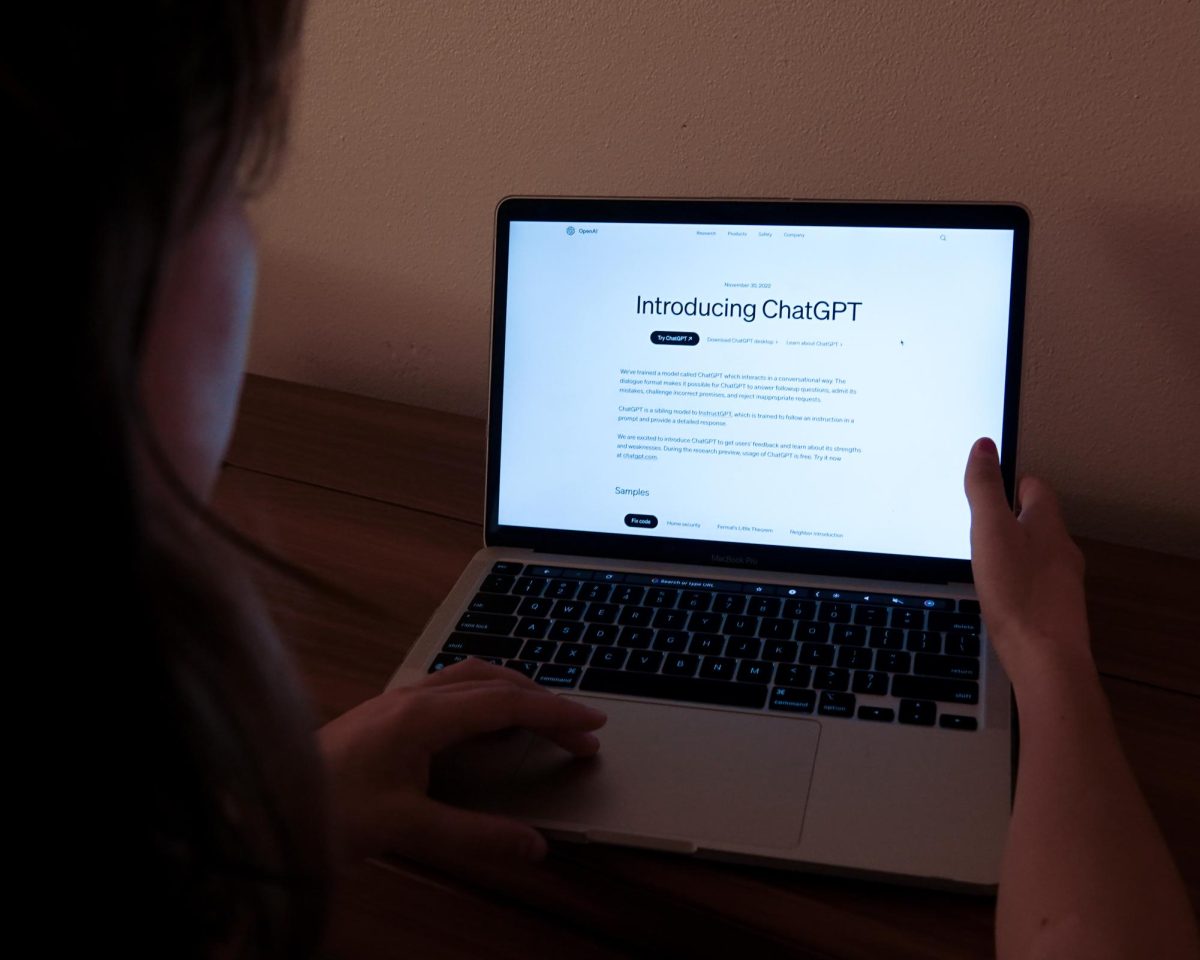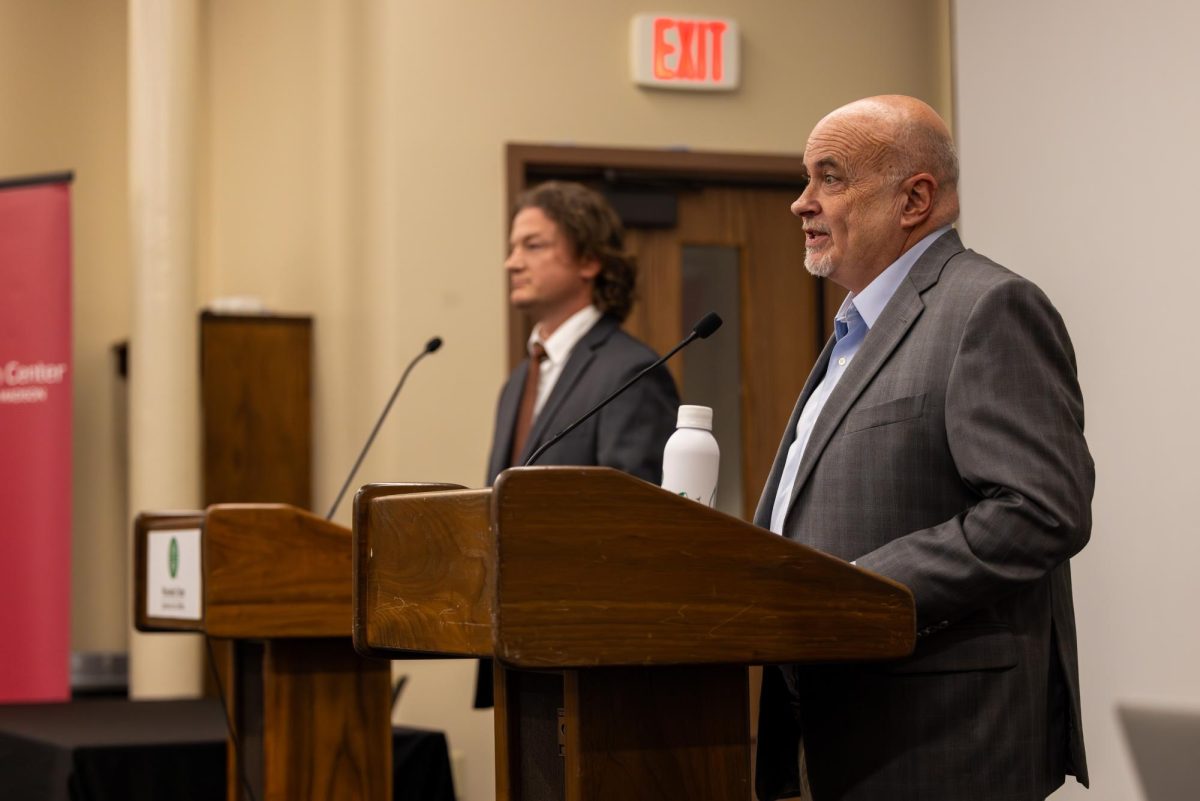Astrophysicists were once the only people who could monitor cosmic rays, but a new app puts it in the hands of anyone with an Android smartphone.
A new app from the Wisconsin IceCube Particle Astrophysics Center allows users to turn their smartphones into particle detectors. The Distributed Electronic Cosmic-Ray Observatory app permits Android smartphone owners to detect cosmic rays with their cellphones. The app will come to other smartphones soon, according to a University of Wisconsin statement.
Justin Vandenbroucke, a UW assistant professor of physics and researcher at WIPAC, said cosmic rays are high energy subatomic particles. Detectable secondary particles called muons are then created after entering and colliding with the Earth’s atmosphere, which smartphones can detect.
“Cosmic rays are produced by exploding stars, in the aftermath of the same explosions that distribute the matter that you and I are made of,” Vandenbroucke said. “These cosmic rays are traveling through us all the time but usually we can’t see them. The app gives people a chance to literally take pictures of these energetic messengers from across the galaxy.”
Vandenbroucke said he got the idea for an app after talking to his classmate Kenny Jensen from the University of California-Berkeley. While Jensen was interested in rarer, high-energy events, Vandenbroucke thought it would be useful to detect more common low-energy events.
“It is mostly for people who are learning about particle physics and astronomy, who are interested in detecting particles by themselves,” Vandenbroucke said.
Typically, a more sophisticated research instrument is needed to do these kinds of studies, he said, but smartphones are so ubiquitous now that people can learn and study these on their own.
To use the app, people need to be in a dark area or use tape to cover the camera lens, Silvia Bravo, outreach specialist with WIPAC, said. This is so the camera doesn’t detect light. Then, users take pictures with the app. The app searches for pixels, detecting the line of a cosmic ray.
“You won’t see something every time, but from time to time, you will see something there,” Bravo said. “The app will go and analyze this and determine whether it is a candidate to be a cosmic ray.”
Vandenbroucke said the app then sends information such as the time, the observation and location of where the cosmic ray was recorded to a central database, which anyone who is interested in these events can access at any time.
WIPAC also has a high school internship program that allows students to use and work with DECO. There are anywhere between 20 and 25 student interns each semester. They come in every Thursday evening and work in groups, Bravo said.
Vandenbroucke said last year, two groups analyzed images and worked with the cell phone app. This year, they plan on continuing with image analysis and will study the app with another cosmic ray detector for comparison. There are radioactive events that can pass as cosmic rays, so studying and comparing DECO with the other detector will help validate the app, he said.














